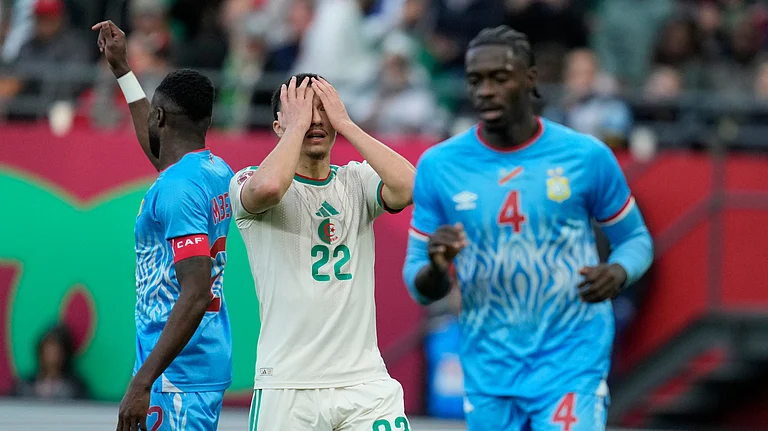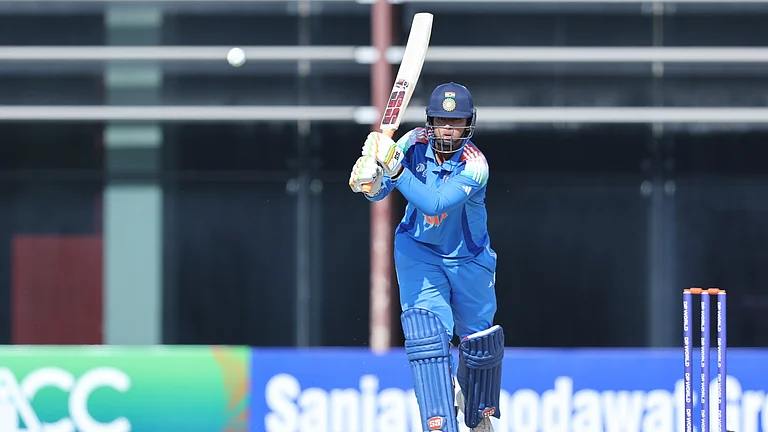Have you ever heard of Marichjhapi? A tiny, little-known island in the interiors of Sundarbans, about 75 km east of Calcutta? In 1979, it witnessed a macabre massacre of Bengali Hindu, mostly Dalit, refugees. It is perhaps the single largest pogrom in independent India’s history. Forty years on, Blood Island by Deep Halder vividly reconstructs the buried past of Marichjhapi. The author, a senior journalist, recorded the version of the witnesses and the survivors while investigating the massacre.
As the story begins, in the middle of 1978, around 1.5 lakh Bengali Hindu refugees started settling in Marichjhapi from the refugee camps in Dandakaranya. Most of them were Namasudras, the largest Dalit caste in Bengal. Driven out by the Islamists in Bangladesh, these Hindu refugees had crossed the border in search of a new home. During their stay in Dandakaranya, the Left—then in Opposition—had promised them that they would be “welcomed in Bengal with open arms” once it comes to power.
The Left Front came to power in 1977. A year later, hopeful refugees moved to Marichjhapi. Within a short span, they transformed the barren island into a thriving village ecosystem, albeit with no government help. But soon, their dreams were dashed. In January 1979, the Jyoti Basu government clamped an economic blockade on the island. For a fortnight, Marichjhapi settlers cried out deperately for food, medicines and other essentials. Scores died of starvation and diseases. In February 1979, the Calcutta High Court passed an injunction order, asking the government to lift the blockade.
Even as a case was pending in the HC, West Bengal police, along with CPI(M) cadres, unleashed mayhem on Marichjhapi on May 14. Scores of men were butchered; even babies were not spared; women were dragged out of homes and raped. In an overnight operation, around 6,000 huts were set on fire. The night sky had turned blood red, the colour of the CPI(M) flag, recalls a survivor.“They took the islanders as prisoners, shot them in the head, put them in sacks, tied them to rocks and dropped them deep into the river.”
On May 17, 1979, Buddhadeb Bhattacharjee, the then state information minister, declared at Writer’s Building that Marichjhapi has been cleared of refugees. The death toll was at least 10,000, even as a government estimate came out with figures as low as 10. The massacre was never investigated.
How did the CPI(M) justify the event? It maintained that Marichjhapi is a “protected island” and the refugees were “endangering the ecology”. But the place where the refugees were staying was outside the core forest area.
It was surely a politically driven ethnic cleansing. But why did the Left Front, which had once invited these refugees, carry out the massacre? This book points to the nasty internal politics of the Left, thoroughly exposing the hypocrisy of Marxists who wax eloquent about a classless and casteless society. Deep’s book has tarnished the very argument that “Communists are friends of the poor”. The author has also laid bare the extraordinary silence of Bengali intellectuals over Marichjhapi.
























